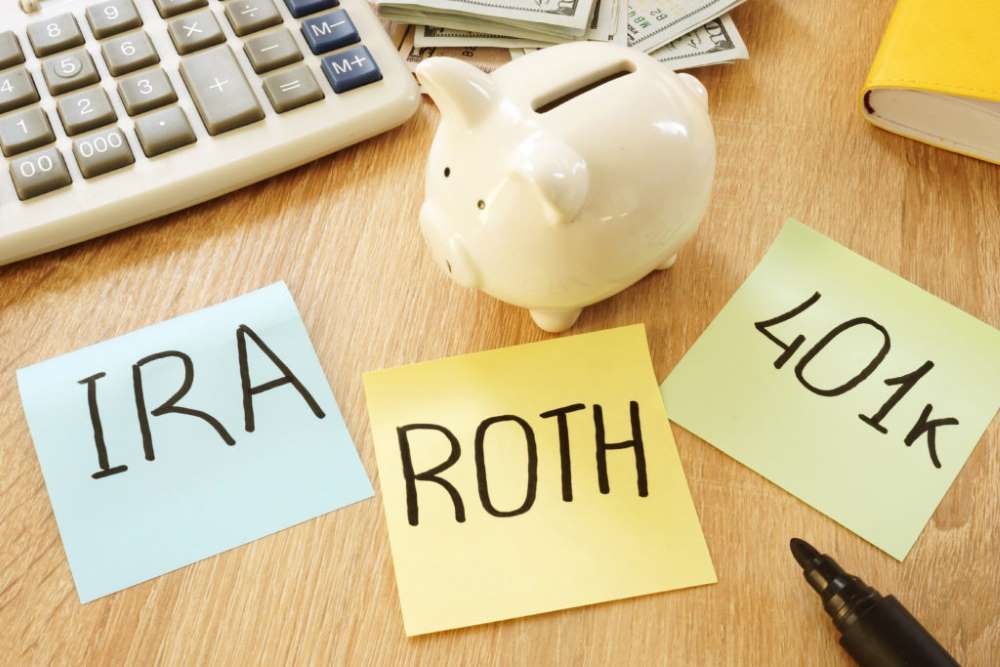
As we begin the New Year, we make resolutions to adopt new habits and routines. We aim to produce more productivity and positivity in our lives. As it turns out, your Self-Directed IRA (SDIRA) and 401(k) can be similar. The IRS recently announced an increase in contribution and benefit limitations for 2024.
The annual IRA contribution limit will rise from $6,500 to $7,000. If you are age 50 and up, you remain eligible for the amended SECURE ACT 2.0 catch-up contribution. This allows you to give an additional $1,000, permitting a contribution of up to $8,000 per year.
As of 2024, account holders of a 401(k) can contribute $23,000 per year in salary deferral contributions. Employees aged 50 and above, who partake in 401(k), 403(b), and most 457 plans are qualified for an additional catch-up contribution of $7,500 (for a total of $30,500 for the year). This includes those using the federal government’s Thrift Savings Plan.
For those who participate in a SIMPLE plan, the catch-up contribution will continue as $3,500 for 2024. All available contributions are viewable here.

Contribution limits are not the only element receiving alterations. As of 2024, Traditional IRA AGI Deduction Phase-outs will be starting at $123,000 for couples who file jointly, and $77,000 for single filers and head of the household.
An exciting modification for Roth account holders: come 2024, Roth funds in a 401(k) or 403(b) are no longer subject to RMDs. Roth IRAs do not require withdrawals until after the owner has passed. This is yet another added benefit of acquiring a Roth Account.
First year elective contributions to new 401(k) plans can be made up until the due date for your tax return. This also can affect those with a solo 401(k) and plans run by sole proprietors or single-member LLCs.
The IRS is already preparing for changes that will materialize in 2025. In the grand scheme of these modifications, it seems the numbers are only improving and are potentially aiding in investors’ goal achievement.
For 401(k), 403(b), and most 457 plans, the annual catch-up contribution limit for people from ages 60 to 63 will increase to $10,000. This will give those who are nearing retiree age the opportunity to better develop their retirement savings.
For those who will continue to remain in the workforce, most retirement plans established after December 28, 2022, will require that employers will now automatically enroll their employees into new retirement plans. (Though not applicable to the Solo 401(k)). This will begin at 3% of the employer’s salary and will peak at 15%. With each progressing year, the contribution will increase by 1%. This is great news to possibly help retirement accounts bloom and make the process a whole lot simpler.


This growth in contributions allows investors to advance their retirement savings at a potentially quicker rate than originally anticipated. The latest adjustments seem to be established in investors’ favor. With a greater possibility of a higher return, you can let yourself float in calm waters.
If you’re looking to create a more solid foundation for retirement investing in 2024, Broad Financial can help give you solace. Whether you’re starting from scratch or want to learn how you can use these new IRS changes to navigate investing with a Checkbook IRA or solo 401(k), we’re here to help!
Disclaimer: Broad Financial LLC does not provide legal, tax, or investment advice. Please consult with your tax or legal advisor before making investment decisions.
Address:
One Paragon Drive
Suite 270
Montvale, NJ 07645
Phone: (800) 395-5200
Mondays – Thursdays: 8:00 am – 6:00 pm EST
Fridays – 10:00 am – 4:00 pm EST